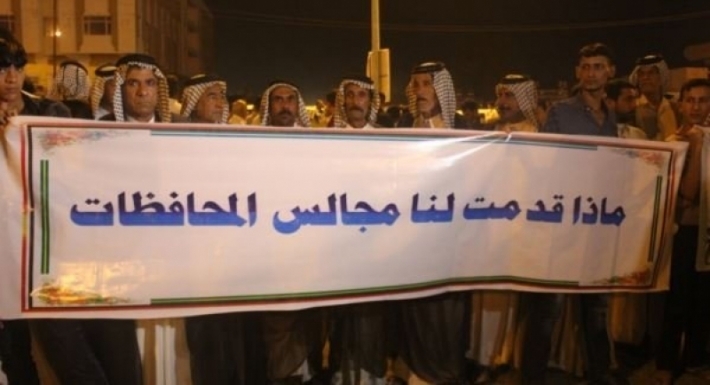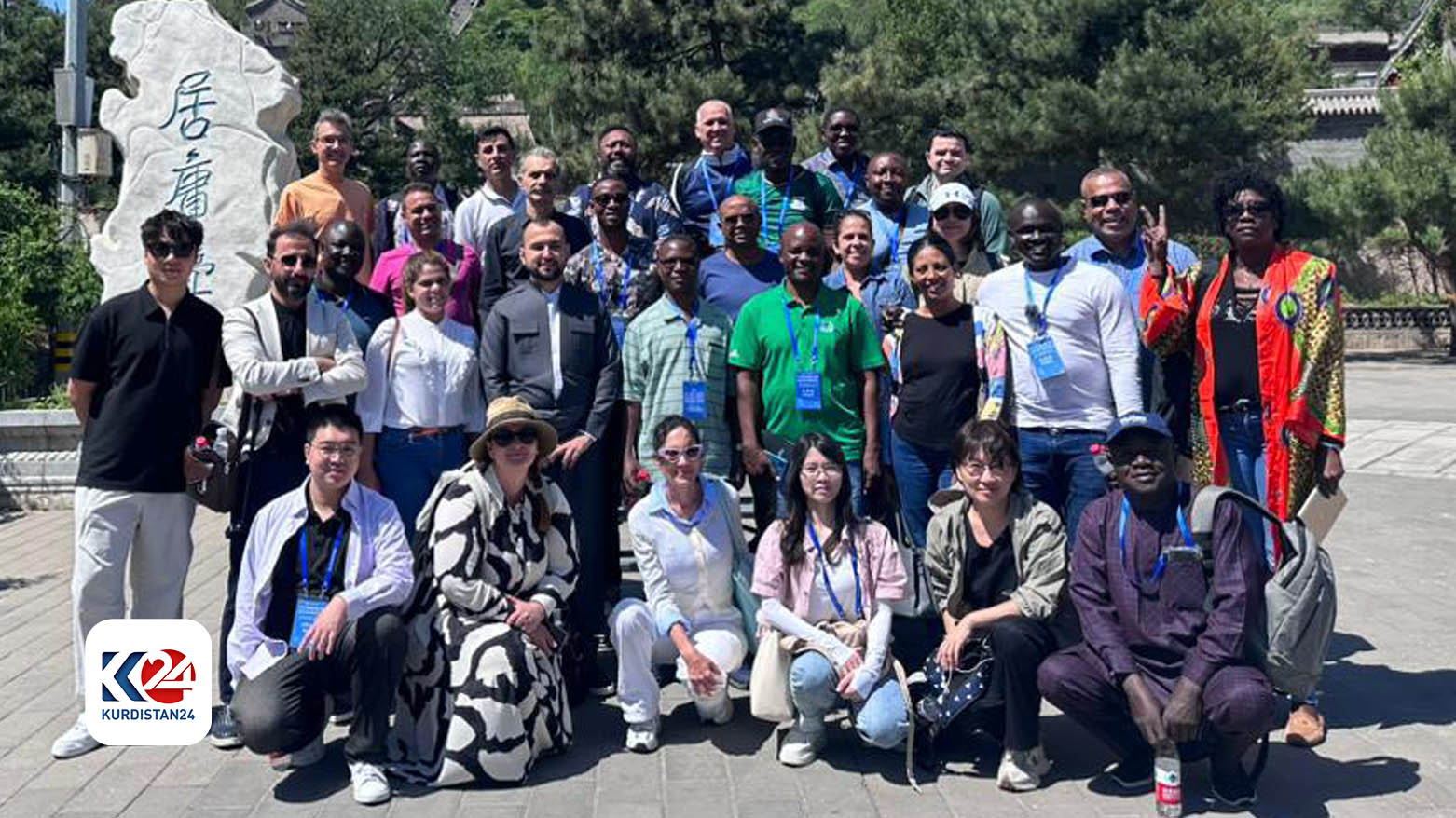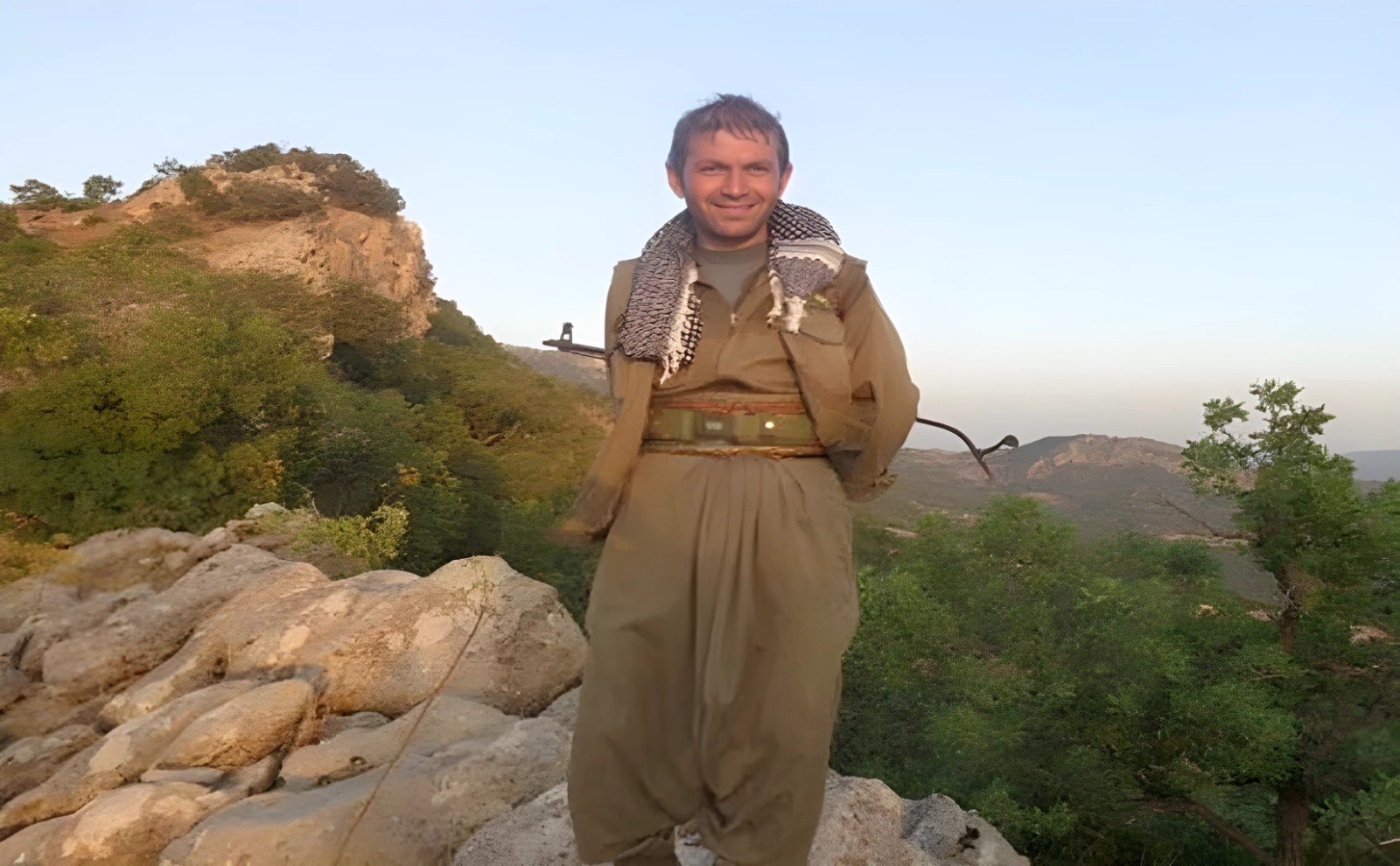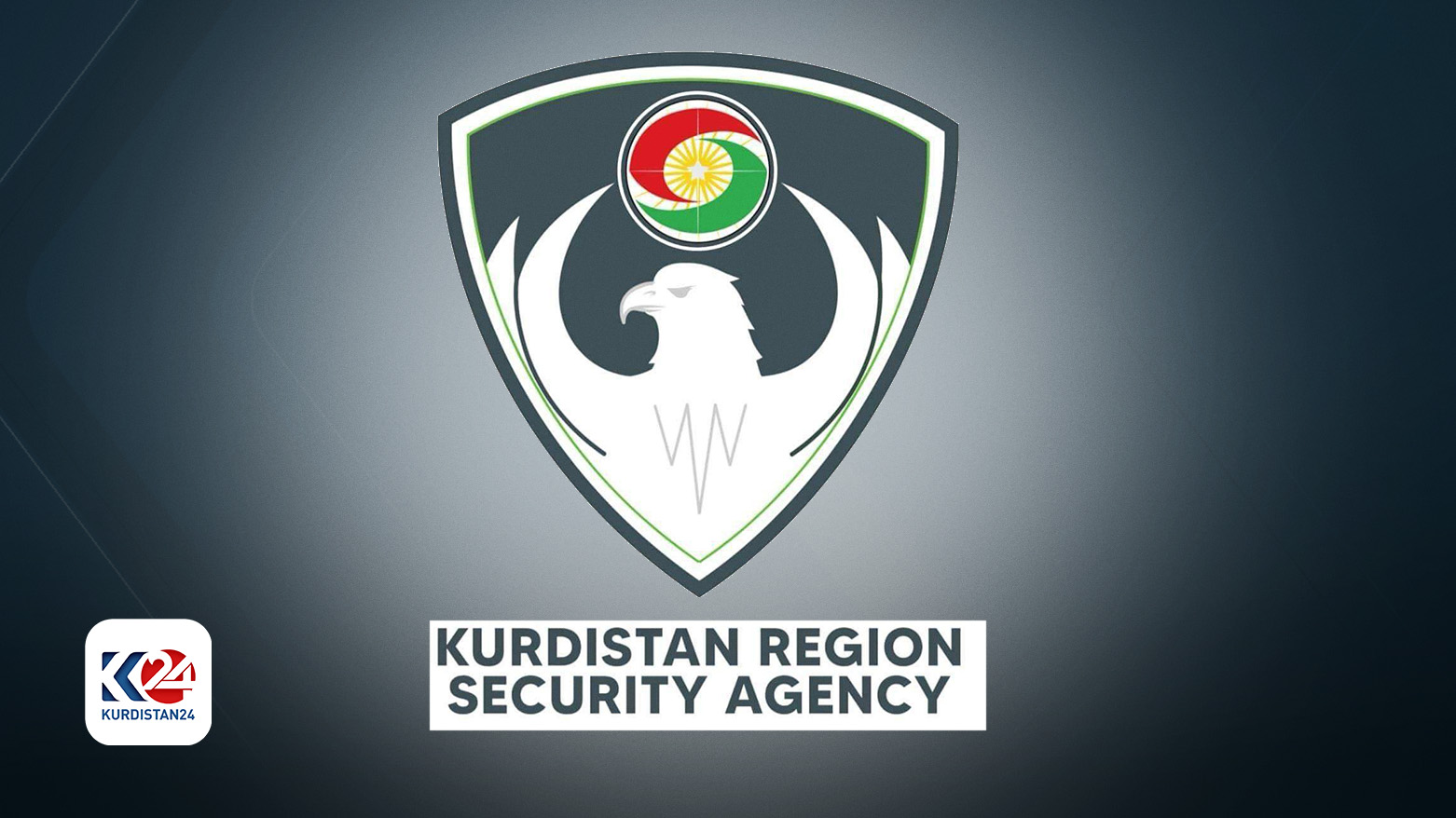Fourth anniversary of Tishreen protests: Young Iraqis gather in Tahrir square
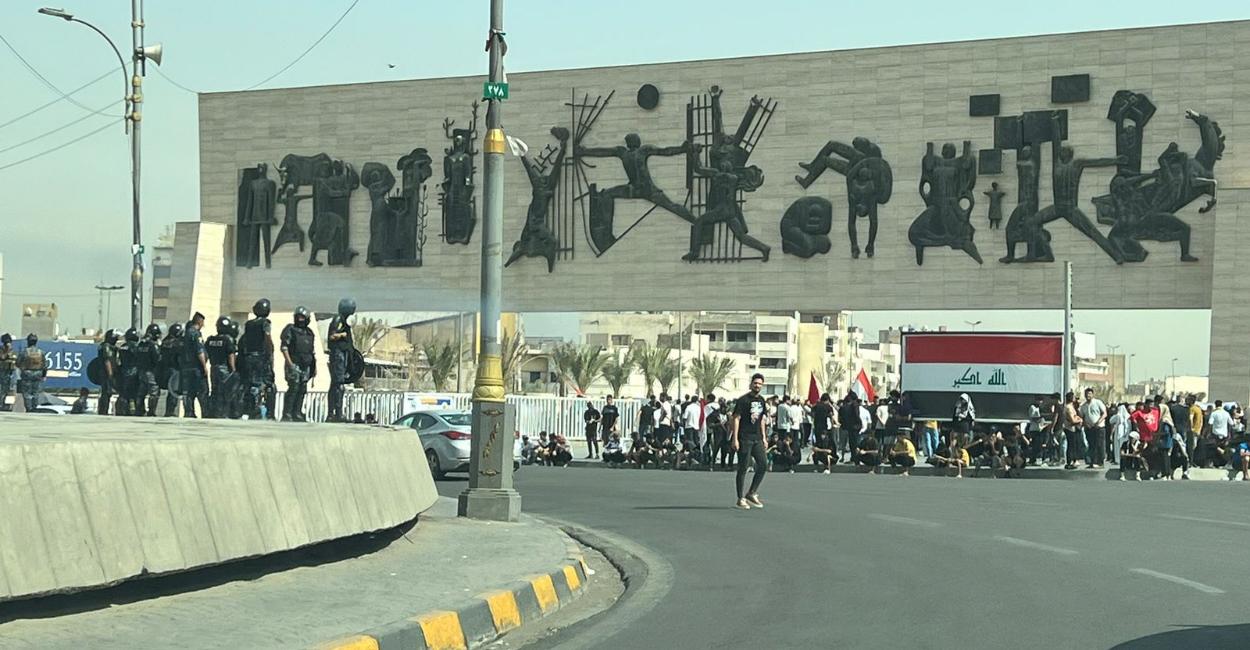
Shafaq News/ Dozens of "Tishreeni" demonstrators took to the streets on Sunday, October 1 to mark the anniversary of nationwide demonstrations that erupted four years ago and have continued sporadically since then.
The protests in 2019 were largely staged by a young, passionate generation of Iraqis demanding political and economic reform and an end to foreign interference in Iraqi politics.
The emergence of the protest movement, called Tishreen (the Arabic word for October), in 2019 seemed to foreshadow a different Iraq, where some of the demonstrators' goals would be realized – particularly because less than a month after the unrest began, then-prime minister Adel Abdul Mahdi was forced to resign as part of the street demands.
Young people camped in Tahrir Square for months, demanding an end to widespread government corruption, poor public services, and high unemployment. They also called for dismantling the political system, which is based on a less-than-transparent sectarian power-sharing arrangement among political elites.
Some demonstrators even took their movement from the streets to the ballot box and formed political parties, some of which did fairly well in the October 2021 national elections and secured seats in parliament.
Nearly one hundred Tishreenis, or the Tishreen protesters, once again gathered in Tahrir Square today. They demanded justice for their fellow protesters who were killed or injured due to the armed forces' violence. They also chanted slogans against the railway linkage with Iran and the annulment of the Khor Abdallah agreement with Kuwait.
The protesters expressed discontent with the provincial election law and the unstable exchange rates of the US dollar against their national currency.
In October 2022, violence engulfed Iraq's streets in clashes between different demonstrators than those Tishreenis from 2019 and 2020. The demonstrators that summer were largely loyal to maverick Shiite cleric Muqtada al-Sadr, who forced a deadlock in parliament when he was unable to form a government, after his coalition won more seats than any other in the 2021 elections. Al-Sadr challenged the system, and instead of forming a government with other Shiite, Sunni, and Kurdish parties, he tried to establish a government that excluded certain rivals he deemed "corrupt". When he failed to form a government, he instructed a mass resignation of 73 Sadrist members of the parliament. This left the door open for his Iranian-backed rivals to form a government without him, led now by Prime Minister Mohammad Shia al-Sudani.
The clashes between al-Sadr's supporters and the Iranian-backed factions led to street battles in the fortified Green Zone, the area of Baghdad that is home to diplomats and high-ranking Iraqi officials. More than 30 people died in that summer. At one point, al-Sadr's supporters took over the parliament building.
When the Tishreenis returned to the streets in 2022, dozens were reported injured after Iraqi security forces used tear gas and other methods to disperse the crowds. They held portraits of those killed in the protest movement in 2019-2020 when at least 600 were killed and tens of thousands were wounded. Back then, the country's political focus was no longer on the protest movement's lofty goals of moving toward a secular state by dismantling the sectarian power-sharing system and eliminating government corruption. The government's immediate objective was to form a new government and prevent a civil war between millions of Sadrists and their Shiite rivals.
This short-term goal to get Iraq out of a crisis was certainly not what the young protesters had in mind three years ago. The protest movement, which has the backing of Iraqis nationwide, wants to address the fundamental problems in the country, one of which is that the political elites operate according to a loosely defined power-sharing system.

